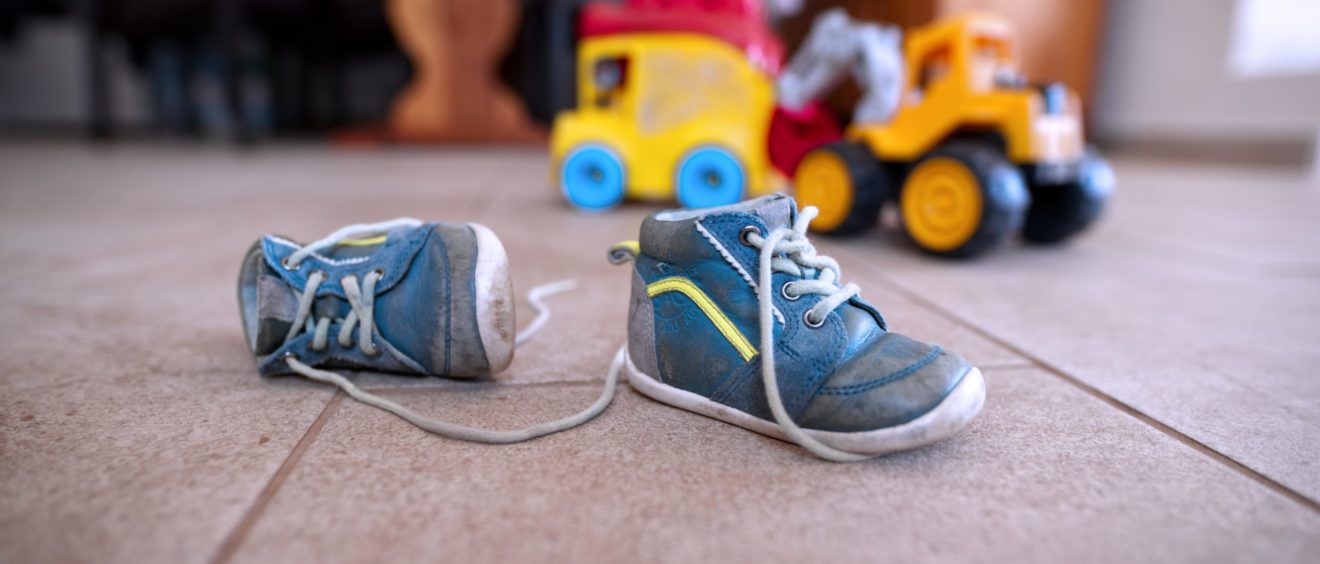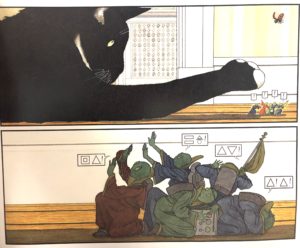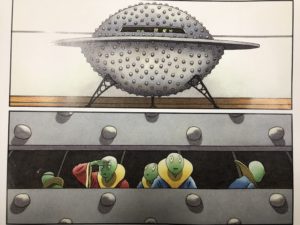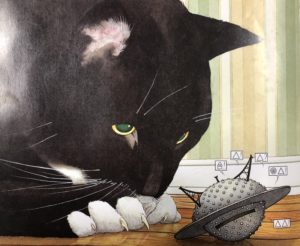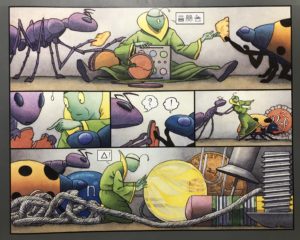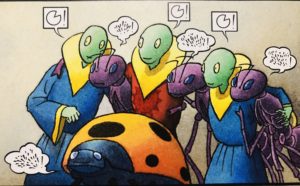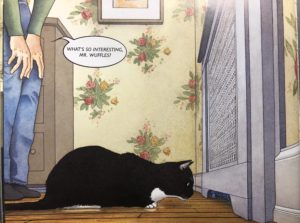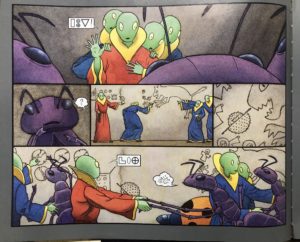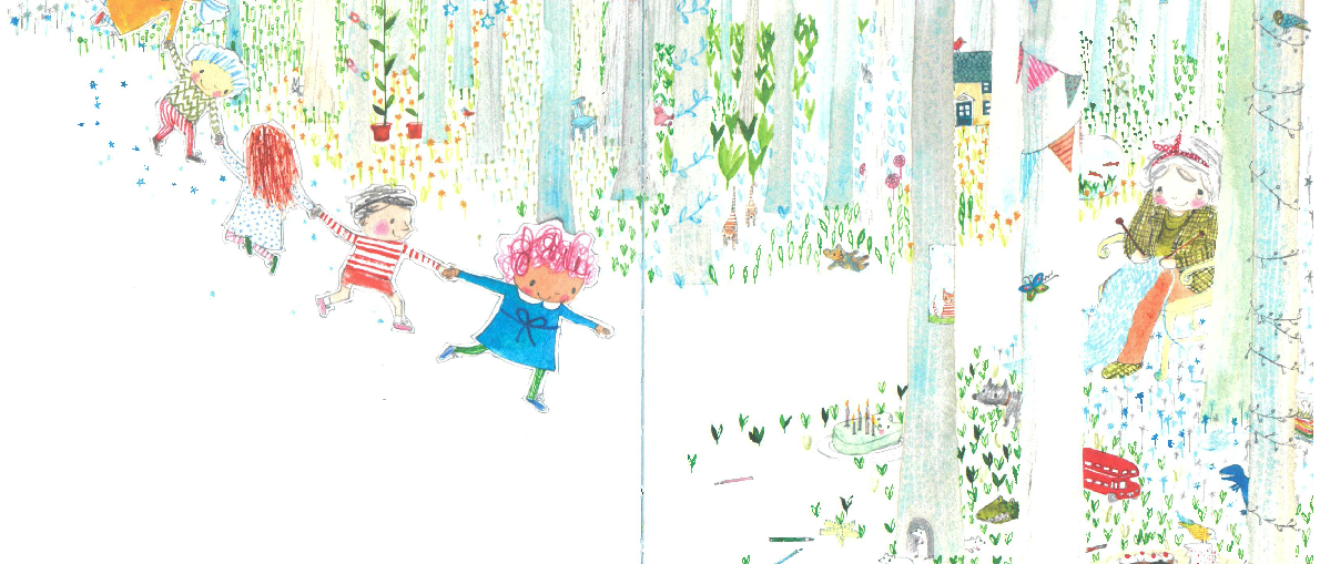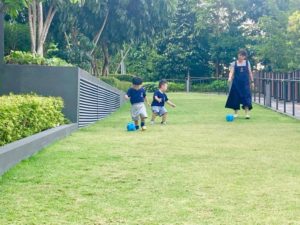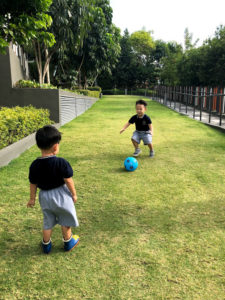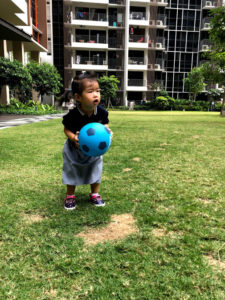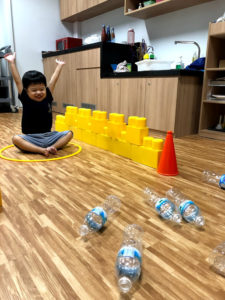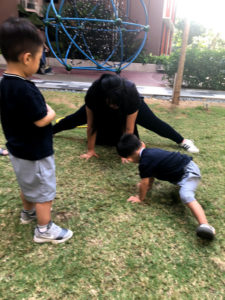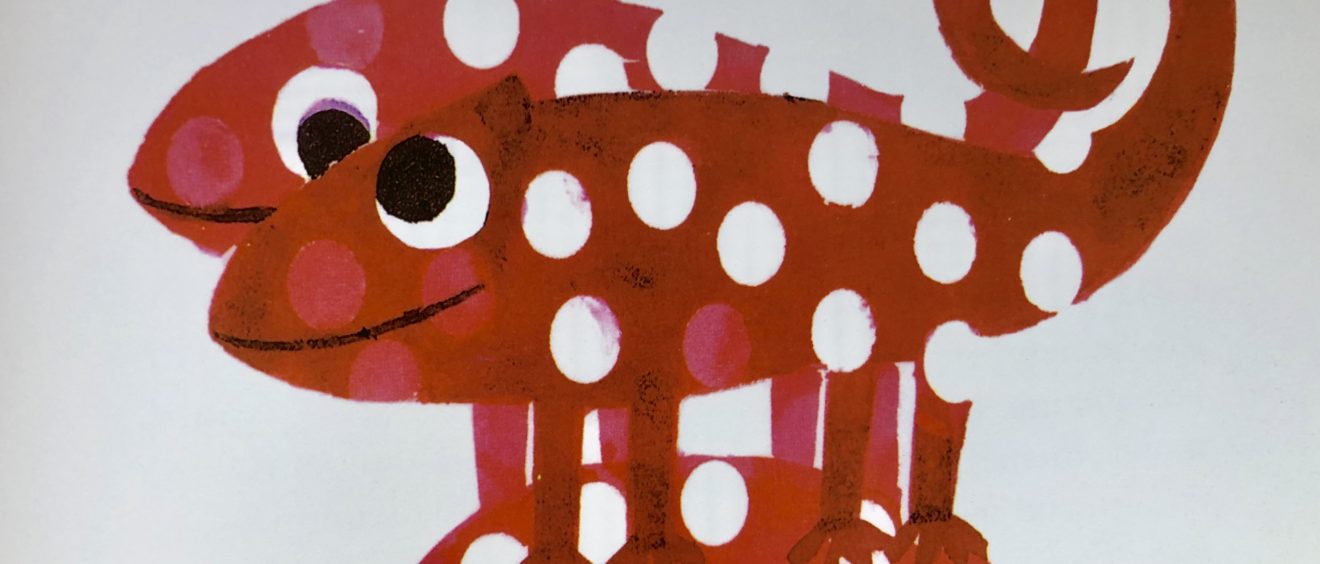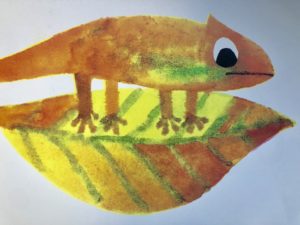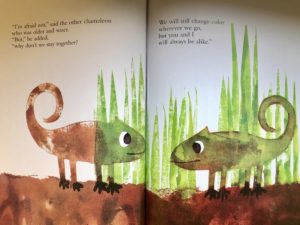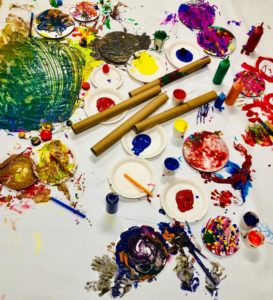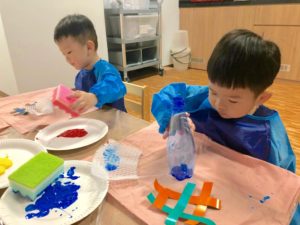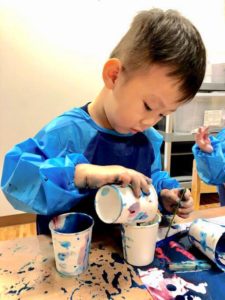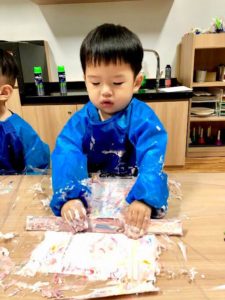Self-help skills are the day-to-day tasks that people engage in as they are crucial in our daily lives. Such skills include cleaning up after oneself, self-feeding, carrying one’s own belongings, and the list goes on.
As much as these tasks are usually done by young children with much support given by adults, the term ‘self-help’ suggests that these skills are expected to be acquired independently to sustain their very basic needs in their daily lives.
But how can we be so sure that our children will eventually get there? How was it like for us when we were growing up? When was the last time your parents put on your shoes for you? How is it like for our children now that we are parents or caregivers ourselves? What can we do as caregivers to help children get better with such tasks?
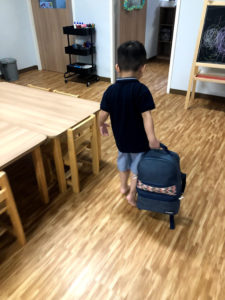
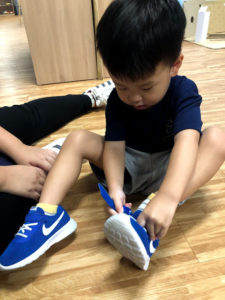
Nature VS Nurture
These everyday tasks are things we, adults, often take for granted as those tasks are so in our nature. However, to children, these tasks require skills that need to be nurtured, giving them the opportunity to learn, practice and acquire.

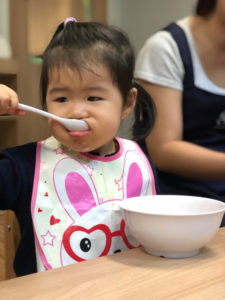
Thinking back on our childhood days, can you recall when was the last time your parent put on shoes for you? Probably not, as most of us may not have any memories of our childhood before the age of 3. And if we cannot recall our parents doing some of the everyday tasks for us, this would probably mean that we have been accomplishing these tasks independently at a really young age. Because we were given the exposure and opportunities to learn, practice and acquire these self-help skills, we can accomplish the everyday tasks so confidently that all these daily routines just become so natural.
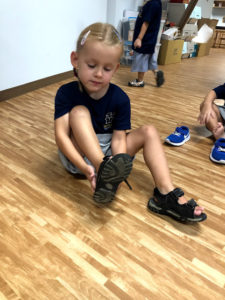
Overdoing Vs Supporting
Don’t be surprised that we, the caregivers, are sometimes the biggest thing standing in their way. We are so often in a hurry and it is so much easier to do things for our children, and this is a sign of caregivers overdoing it. When we overdo it, we unknowingly take away the precious opportunities for children to learn, practice and acquire these self-help skills.
Instead, support them, by slowing down and giving them your trust that with gentle encouragement and bite-size guidance, they will be able to do it on their own with you around them and eventually, being able to do it independently.
As children approach self-help skills, it’s given that they will do things differently, messier and longer than what is expected from them. But as children gain finesse through trial-and-errors, they will achieve mastery.
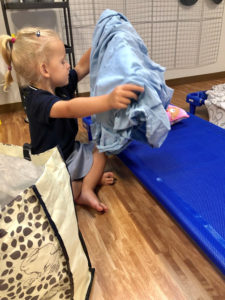

Benefits of Supporting Children with their Self-help Skills
Most young children like to feel independent and will start taking pride in what they do when they can accomplish tasks independently. More often than not, they still need our constant encouragement to be reminded that they are capable, and we believe that they CAN do it.

Having said that, the caregiver’s patience and gentle guidance will mean a lot as the children need to be given plenty of time and opportunities to take on and practice on accomplishing different tasks on their own. But this choice of yours will definitely benefit them in the long run as it encourages independence and self-confidence in our children.
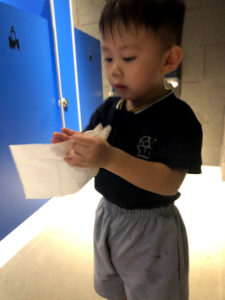
Let’s consistently encourage our children in acquiring their self-help skills,
Capella Preschool team

